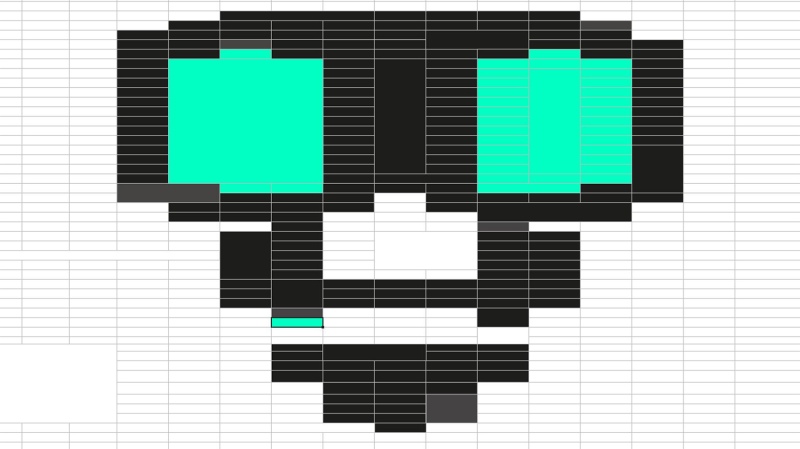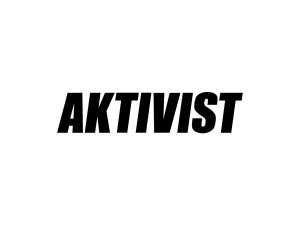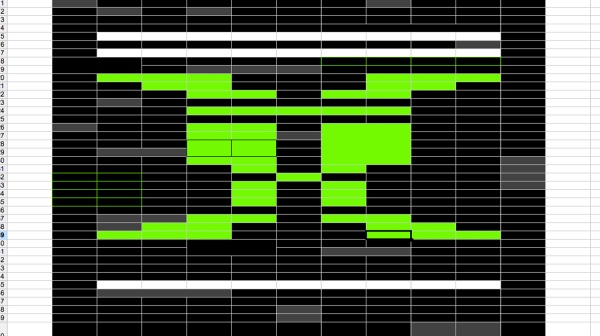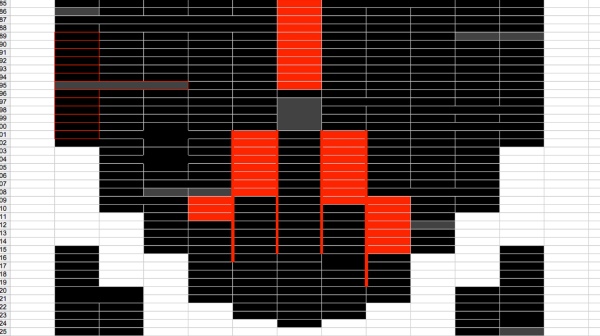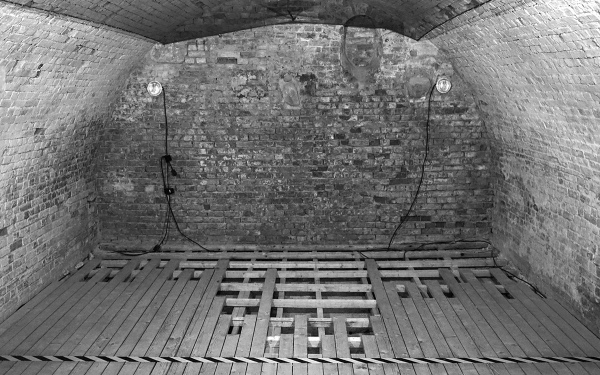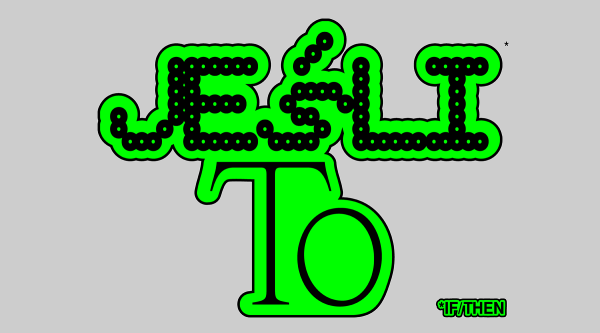Piotr Grabowski
We Sucked Young Bone Marrow. Managing Dispersion Structure – Case Study: Kurzfield&Blackdom
The second chapter of Villa Straylight is devoted to the art of Piotr Grabowski. His exhibition is built as a sequence of places. The Middle East, Africa, crisis stricken Greece, the abandoned Blackdom settlement in New Mexico, Warsaw flowing with milk and honey – each work is a separate location, and the viewer moves from one to the next as some nerd sitting in front of the computer travelling via Google Earth; being here and there, nowhere and everywhere at the same time.
In each of those imagined places, Grabowski builds a model of its specific system of forces, meanings and conflicts. His models are made of physical and virtual artefacts, images, films and texts. And just like in real life – things, words, real and fictional events are important, but the links between them are even more paramount. They create a network, the warp of reality. The network that we surf in and that entangles us at the same time.
As to the time, the narratives developed by Grabowski are happening right now – in the future that has already come. We find ourselves in a fulfilled vision of cyberpunk futurologists such as William Gibson, author of the novel Neuromancer, from which we borrowed the figure of Villa Straylight. This future perfect tense is a moment when it makes no sense to distinguish between the real and the virtual; the field of struggle has been broadened. And there are no principles in that field - of course, apart from the most basic and primal ones; the principle of greed and the principle of the predator eating their prey, of the weak being dominated by the strong - these rules remain valid or even gain more importance.
Piotr Grabowski does not side with anyone, he does not support the predators nor the victims. The post modern world is seen by him as a space of catastrophe, because previous concepts of normality have fallen into ruin, while the new ones have not been created and agreed upon yet. Reality is broken into fragments that no longer form a coherent whole, but all of them are somehow linked together – it is a principle that organises the world described by Grabowski, as well as his works. The artist builds them of artistic fragments and extra-artistic discourses: allegoric objects, photographs, performative gestures, quotes from the Internet, digital models, cinematographic stagings, visualisations and materialisations of his ideas. Grabowski uses many styles, but he is not faithful to any of them; and on the basis of this “unfaithfulness” he develops his own style, his own method of expression.
Grabowski is interested in the unhappiness affecting contemporary life (the cognitive crisis, the crisis of interpersonal bonds and social structures, losing grip on reality due to information overload), but he does not despair, he avoids the role of a critical artist, withholds any judgement. A crisis is a relative notion, for some people it is a problem, but for others, like the wolves of Wall Street, it creates opportunities, opens a space for "short selling"; it also opens interesting possibilities for art. Grabowski prefers the role of an ethnographer to that of a critic; and as an ethnographer he performs participant observation of contemporary life, but instead of explaining things to us, he strips us of the illusion of understanding.
The show begins with a sequence of video clips from the series Shadow Fighting. In these films, the artist transforms art - the domain of artistic gestures - into a martial art. But he is alone in the fighting area. He performs the tul (a Korean equivalent of kata) – inspired by taekwon do and developed by the artist movement patterns, highly formalised exercises within which the adept of this art tries to parry attacks and break the defence of a non-existent opponent. Many techniques of tul are purely symbolic; they are not about defeating someone or something, but rather about building the fighter’s self-awareness. The diagram of a tul sequence reflects the space of the fighting area. In this respect, the practice of Oriental martial arts resembles artistic creation; the purpose of both consists in learning and broadening one's awareness rather than achieving results that could be described with the dialectic of victory and defeat.
